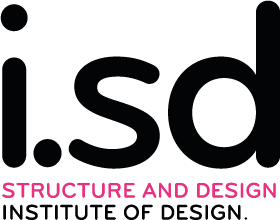EM1 Master Design Studio; keywords: shape grammar, combinatorial design, industrial construction, architectural geometry
Solutions to the significant social, ecological and economic opportunities and problems of 21st century architecture and urbanism involves a vast number of variables. These solutions will require the use of data-driven technologies to acquire physical and social information of sites and consumer communities, digital technologies to design for the briefs so acquired and robotic manufacturing to deliver the designed solutions effectively.
This studio will explore these social and physical aspects of architectural design in a programmatic context of design of railway stations – investigating its role, design and construction in a socially and ecologically sustainable, contextually integrated way. The counterpart research domains of this design-research studio are so-called Architectural Geometry, Industrialised Construction, shape-grammar and combinatorial design.
Architectural Geometry
In this context, Architectural Geometry1 (AG) is a highly relevant design technology paradigm. AG focusses on the synthesis of shapes that guarantee structural and fabrication optimality. It is also closely aligned with and complementary to the development of robotic and digital fabrication (RDF).Further, in combining historical geometry-based methods of structural analysis, modern mathematics as used in computer graphics (CG) and computational technologies, the field is opening up several rich shape-possibilities that are also economically viable.
Design that is so digitally empowered is already proving to be significantly more effective in terms of spatial expressivity and user-experience2, ecologically3, preservation of building trades4 etc. Thus, the recent and gaining popularity of AG is not surprising considering it has brought the principal stakeholders in the architectural design process—architects, engineers & fabricators, and their respective tool-chains much closer together 5,6;
AG, Industrialized Construction and Stakeholder participation
– AG and Industrialized Construction:
The discipline of AG is consolidating the research and demonstration gains from its first decade of existence, and progressing towards full scale and mainstream architectural applications with ongoing efforts at the research epi‐centers in Stuttgart, Zurich and elsewhere7–9. The maturation of several start‐up businesses in RDF10–12 along with the encoding of expertise in reusable code assets 13,14 for ease of creation and manipulation of AG, further reinforces this trend.
– AG and stakeholder engagement:
Geometry‐based abstraction of complex structural and manufacturing phenomena is an integral feature of AG. This means that many of its core technologies are easily transported to non‐expert computer aided design (CAD) platforms such as web browsers and services and game platforms. Gaming platforms in particular are increasingly considered for ‘gamified’ solutions that require social engagement, multi‐stakeholder participation, and negotiation of trade‐offs15.
Shape-grammar and combinatorial design
Incorporating a ‘kit of parts’ and designing the various combinatorial possibilities of the kit of parts, is thus both relevant to development of resource effective methods of construction and also the provision of spatial and use-case choice to the end-users of the spaces. The combinatorial possibilities are enabled by so-called shape-grammar or rules, which govern interface between various parts.

